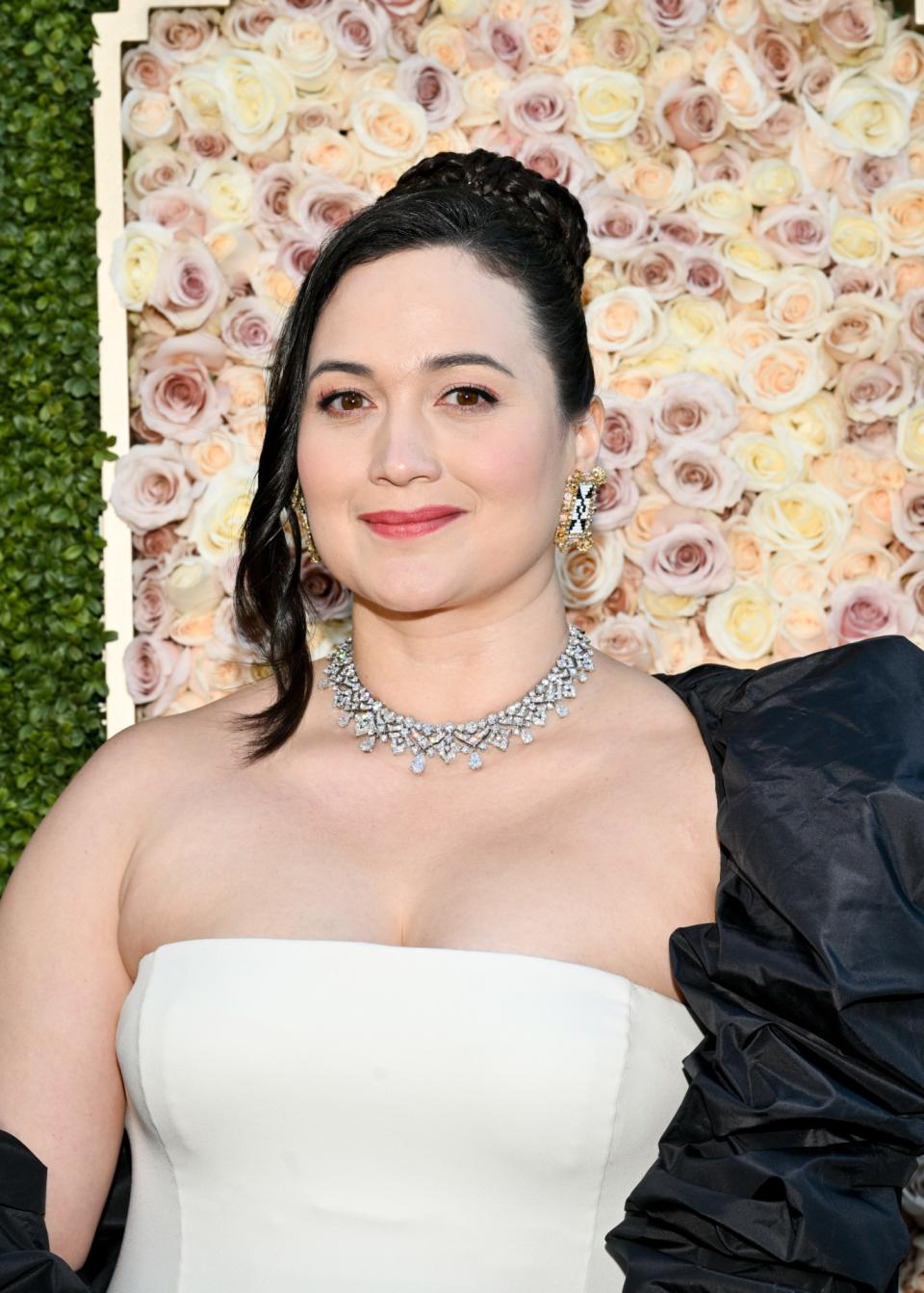Lily Gladstone's Braids Are A Tribute to Indigenous America

Throughout the press tour for Martin Scorcese's Killers of the Flower Moon, Lily Gladstone has stunned in looks by the likes of Valentino, Gucci, and Marni. But she's also made a point of spotlighting Indigenous-owned businesses such as Cheekbone Beauty and Antelope Women Designs. Her conscious decision to support Native entrepreneurs is, of course, in line with the theme of her most recent film, which sheds light on the Osage Reign of Terror of the 1920s, in which over twenty Osage people were killed in brutal greed- and prejudice-driven murders by white settlers. Gladstone's support for Native designers is also significant considering her own Native heritage: Gladstone is of Blackfeet and Nez Perce descent, and grew up on the Blackfeet reservation in Montana.
But throughout her press tour, Gladstone paid tribute to her heritage with more than just fashion. She also nodded to Indigenous style through her hair, which she regularly wore in sleek, chic braids. And at the 81st annual Golden Globe Awards, in which she was the first Indigenous woman to be nominated for Best Performance, she opted yet again for a braided look in homage to her Native heritage.

The look in question was a braided chignon that Gladstone wore at the top of her head, and it was crafted by celebrity hairstylist Marc Mena. He achieved the look by fashioning hair extensions (courtesy of Great Lengths) to lengthen Gladstone's already-long hair. He then created a ponytail and fashion an intricate braided bun out of the style, leaving a sliver of wavy hair hanging loose on the side to show off Gladstone's length.
While Native people are not a monolith, braids are significant in many tribes for spiritual or traditional reasons. Keeping one's hair long enough to braid—especially in the case of males—is also a symbol of Indigenous resistance, especially in light of the settler colonialism that so often forced Native people to cut their hair.
In using not only her voice but her appearance to represent Native beauty and entrepreneurship, Gladstone is on the frontlines of cultural resistance and preservation—a shining example of how representation can be accomplished every day, in myriad ways.


